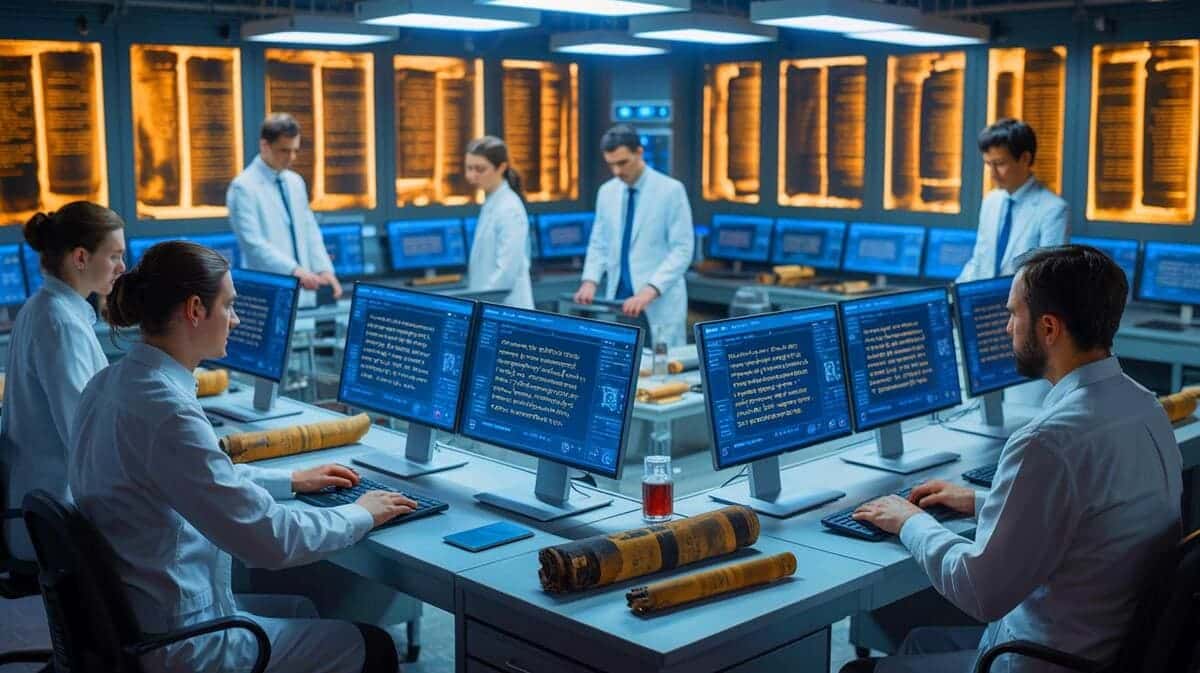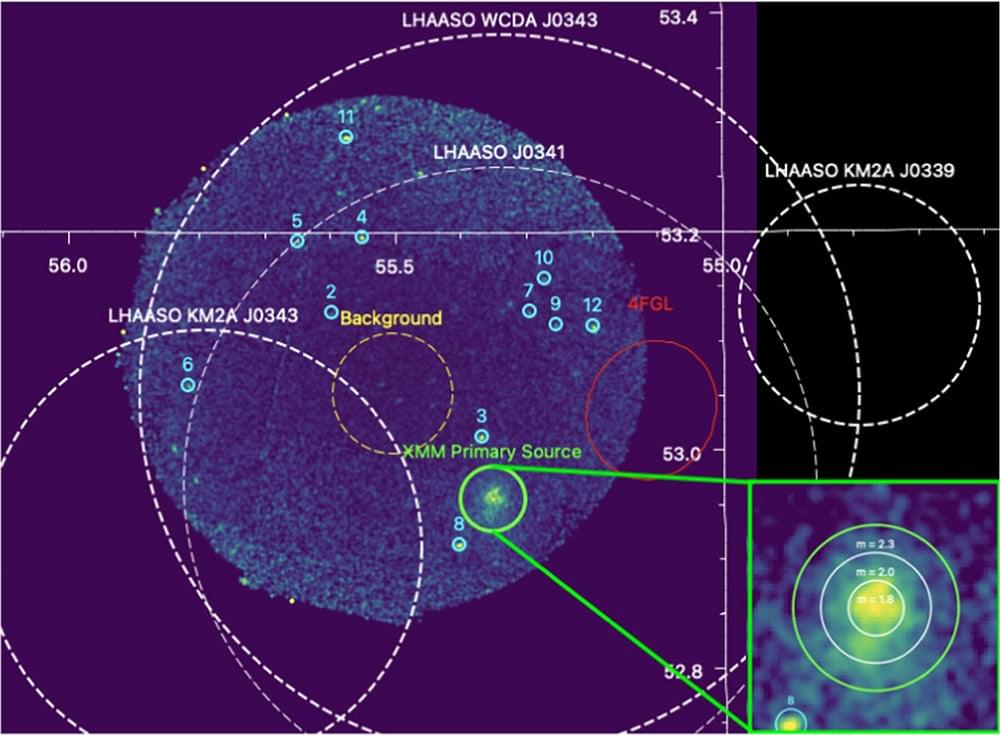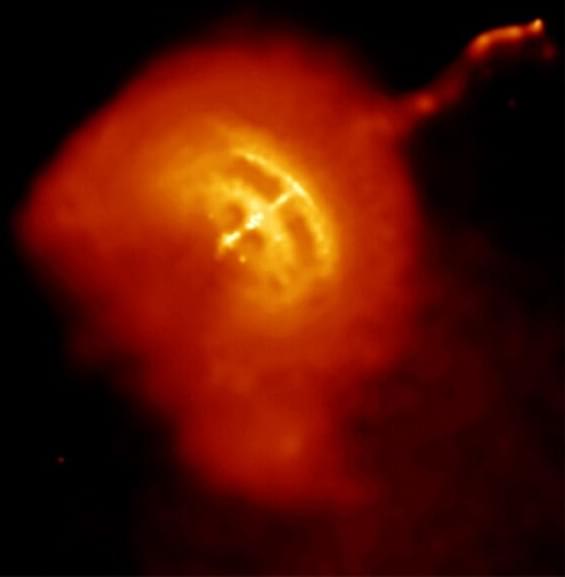How Charles Babbage built the first computer—laying the foundation for modern computing, automation, and AI that still shape our world today.



This paper studies whether working from home (WFH) affects workers’ performance in public sector jobs. Studying public sector initiatives allows us to establish baseline estimates on the impact of WFH net of incentives. Exploiting novel administrative data and plausibly exogenous variation in work location, we find that WFH increases productivity by 12%. These productivity gains are primarily driven by reduced distractions. They are not explained by differences in quality, shift length, or task allocation. The productivity gains more than double when tasks are assigned by the supervisor.
ALS is a cruel disease. It robs the body of its ability to control itself—the ability to move, the ability to communicate. While there are currently no effective treatments to reverse its debilitating symptoms, Allen Institute researchers have opened a window of hope.
For the first time ever, scientists have developed a precise genetic toolkit that can target the exact nerve cells destroyed by the disease and potentially deliver therapies where they are needed most—a discovery that could dramatically speed up the quest for a cure. The findings were recently published in the journal Cell Reports.
Amyotrophic lateral sclerosis (ALS) is a progressive and devastating disease that gradually kills off motor neurons in the brain and spinal cord that control voluntary muscle movement. As these neurons die, people with ALS lose the ability to move, speak, and eventually breathe. Despite decades of research, there’s still no effective treatment or cure. Unlike many other brain cells, motor neurons in the spinal cord have been extremely hard to reach with genetic tools. This has slowed down research and made it hard to test new treatments in the cells that matter most.


In 1912, astronomer Victor Hess discovered strange, high-energy particles known as “cosmic rays.” Since then, researchers have hunted for their birthplaces. Today, we know about some of the cosmic ray “launch pads”, ranging from the Sun and supernova explosions to black holes and distant active galactic nuclei. What astronomers are now searching for are sources of cosmic rays within the Milky Way Galaxy.
In a pair of presentations at the recent American Astronomical Society meeting, a team led by Michigan State University’s Zhuo Zhang, proposed an interesting place where cosmic rays originate: a pulsar wind nebula in our own Milky Way Galaxy. A pulsar is a rapidly rotating neutron star, formed as a result of a supernova explosion. High-energy particles and the neutron star’s strong magnetic field combine to interact with the nearby interstellar medium. The result is a pulsar wind nebula that can be detected across nearly the whole electromagnetic spectrum, particularly in X-rays. It makes sense that this object would be a source of cosmic rays. Pulsars are found throughout the Galaxy, which makes them a useful category in the search for cosmic ray engines in the Milky Way.

The Vela Pulsar is a good example of a pulsar wind nebula. The pulsar is at the center, and the surrounding cloudiness is the nebula. Courtesy NASA.



Researchers at Johns Hopkins University have discovered that cancer can be detected in the bloodstream a full three years before it’s spotted by doctors for an official diagnosis.
As detailed in a partially government-funded study published in the journal Cancer Discovery last month, the team found that genetic material being shed by cancer tumors can show up in the bloodstream far earlier than previously thought, paving the way for promising new cancer screening methods that could potentially head off the disease long before it gets more serious.
In some cases, the advanced detection could make the difference between being able to beat the cancer or not, according to the researchers.

Neuroblastoma, a pediatric cancer of the nervous system, remains the leading cause of cancer-related death in young children, particularly when the disease has spread. Despite aggressive treatment regimens that include surgery, radiation, chemotherapy, and immunotherapy, metastatic neuroblastoma often proves incurable, largely because the cancer can evade or resist standard therapies.
One approach, known as differentiation therapy, attempts to coax immature neuroblastoma cells into developing into mature, noncancerous nerve cells. But current differentiation treatments, such as retinoic acid (RA), are only partially effective: many patients fail to respond, and nearly half of those who do eventually relapse due to resistance.
Now, researchers at Karolinska Institutet and Lund University in Sweden have identified an alternative approach—targeting the antioxidant enzymes PRDX6 and GSTP1—that may sidestep the limitations of RA. The study, “Combined targeting of PRDX6 and GSTP1 as a potential differentiation strategy for neuroblastoma treatment,” published in Proceedings of the National Academy of Sciences, shows that dual inhibition of these enzymes not only kills some neuroblastoma cells but also transforms others into healthy, active neurons.

Physicists at the University of Liège have succeeded in sculpting the surface of water by exploiting surface tension. Using 3D printing of closely spaced spines, they have combined menisci to create programmed liquid reliefs, capable of guiding particles under the action of gravity alone. This is a promising advance for microscopic transport and sorting, as well as marine pollution control. The research is published in the journal Nature Communications.
Have you ever tried tilting a liquid in a glass? It’s completely impossible. If you tilt the glass, the surface of the liquid will automatically return to the horizontal … except for a small—barely visible—curvature that forms near the edge of the glass. This curvature is called a meniscus. And this meniscus is due to capillarity, a force acting on a millimeter scale and resulting from the surface tension of the liquid.
What would happen if we could create lots of little menisci over a large surface? What if these small reliefs could add up to form slopes, valleys, or even entire landscapes … liquid? This is exactly what scientists from the GRASP laboratory at the University of Liège, in collaboration with Brown University (U.S.), have succeeded in doing.